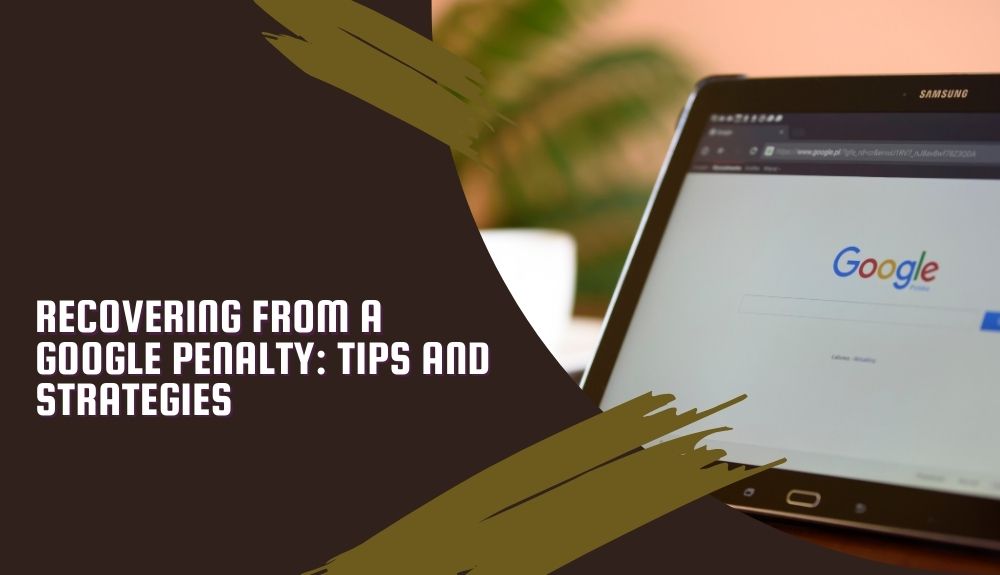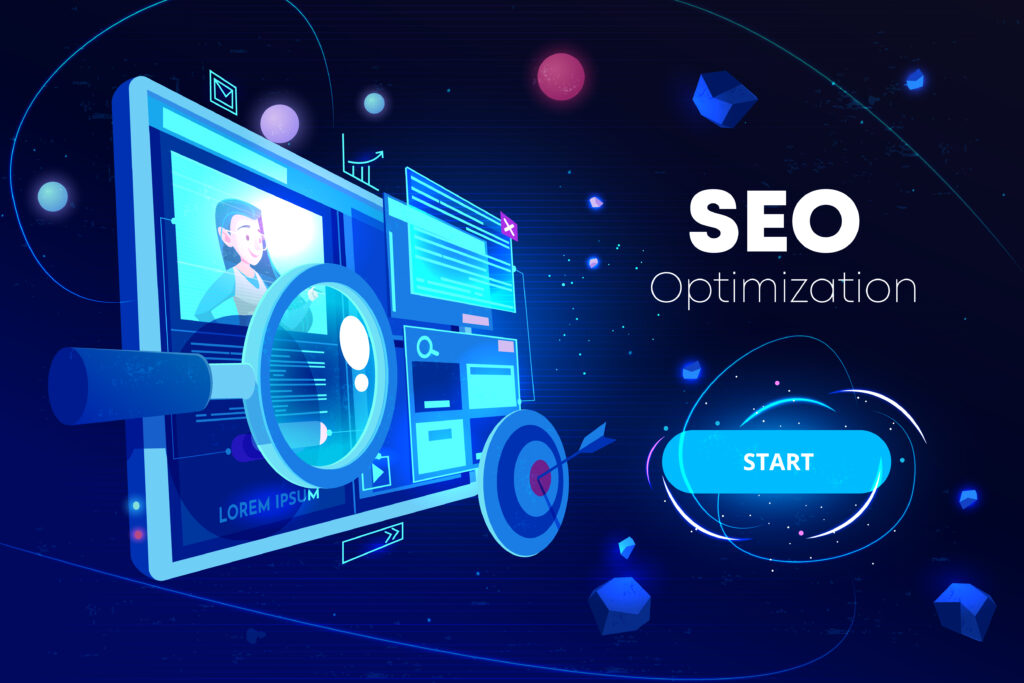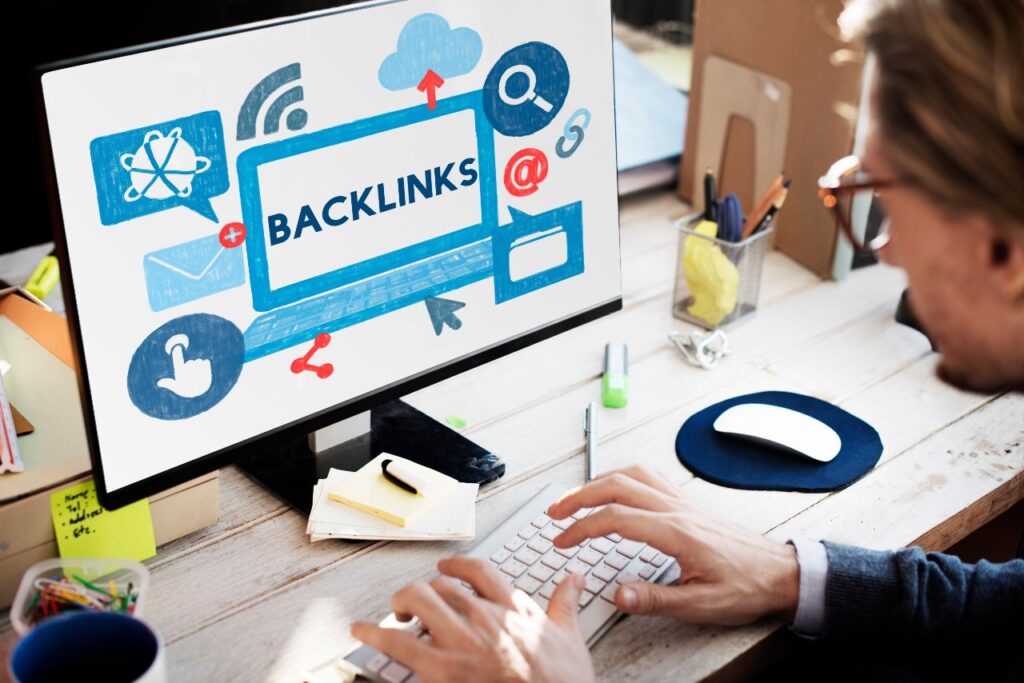Introduction to Google Penalties
Have you noticed a sudden drop in your website’s traffic and rankings on Google? If so, you might be facing the dreaded consequences of a Google penalty. But don’t panic just yet! In this blog post, we will delve into the world of Google penalties, explore their impact on websites, and equip you with valuable tips and strategies to bounce back stronger than ever. So grab a cup of coffee and let’s dive in!
Types of Google Penalties and Their Impact on Websites
When it comes to Google penalties, there are a few different types that can impact websites in various ways. One common penalty is the algorithmic penalty, which occurs when Google’s algorithms detect issues like keyword stuffing or low-quality content. This can result in a drop in search engine rankings and decreased organic traffic.
Another type of penalty is the manual action penalty, where Google’s team manually reviews your website and identifies violations of their guidelines. This can lead to specific pages being removed from search results or even your entire site being deindexed.
A more severe penalty is the site-wide penalty, which affects an entire website due to serious violations such as engaging in deceptive practices or participating in link schemes. This can have a significant negative impact on your online visibility and credibility.
Understanding these different types of penalties is crucial for website owners to take proactive measures to avoid violating Google’s guidelines and ensure long-term success online.
Identifying If Your Website Has Been Penalized
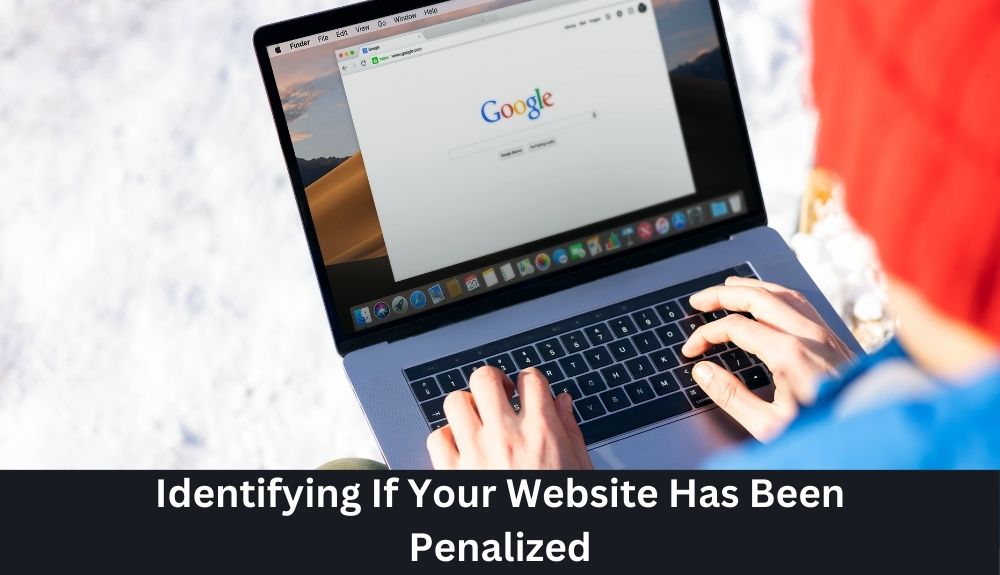
One way to tell if your website has been penalized by Google is a sudden drop in search engine rankings. If you notice a significant decrease in organic traffic, it could be a red flag. Another indicator is receiving a manual action notification in your Google Search Console account. This message will outline the reasons for the penalty and provide steps for resolution.
Monitoring your website’s backlink profile is crucial as well. A spike in toxic or spammy backlinks can trigger penalties from Google’s algorithm. Additionally, keep an eye on changes in keyword rankings and visibility across search engines. Significant fluctuations may signal underlying issues affecting your site’s performance.
Regularly conducting site audits and staying informed about Google’s updates are proactive ways to detect any potential penalties early on. Remember, prevention through compliance with best practices is key to maintaining positive standing with search engines.
Common Reasons for Google Penalties
When it comes to Google penalties, there are various common reasons why websites may get penalized by the search engine giant. One prevalent cause is the use of black hat SEO techniques such as keyword stuffing, cloaking, or buying links. These practices go against Google’s guidelines and can result in a significant drop in rankings.
Another reason for penalties could be thin or low-quality content on your website. Content that lacks value or is duplicated from other sources can harm your site’s credibility and authority in the eyes of Google. It’s essential to focus on creating high-quality, original content that provides value to your audience.
Furthermore, issues with website security and user experience can also lead to penalties from Google. If your site is not secure or has usability issues like slow loading times or mobile responsiveness problems, it can negatively impact your search rankings.
Additionally, engaging in spammy behavior such as irrelevant link building or participating in link schemes can also trigger a penalty from Google. It’s crucial to maintain ethical SEO practices and focus on building quality backlinks from reputable sources to avoid getting penalized.
Understanding these common reasons for Google penalties is vital for website owners and marketers to ensure compliance with Google’s guidelines and maintain a healthy online presence.
Steps to Recover from a Google Penalty
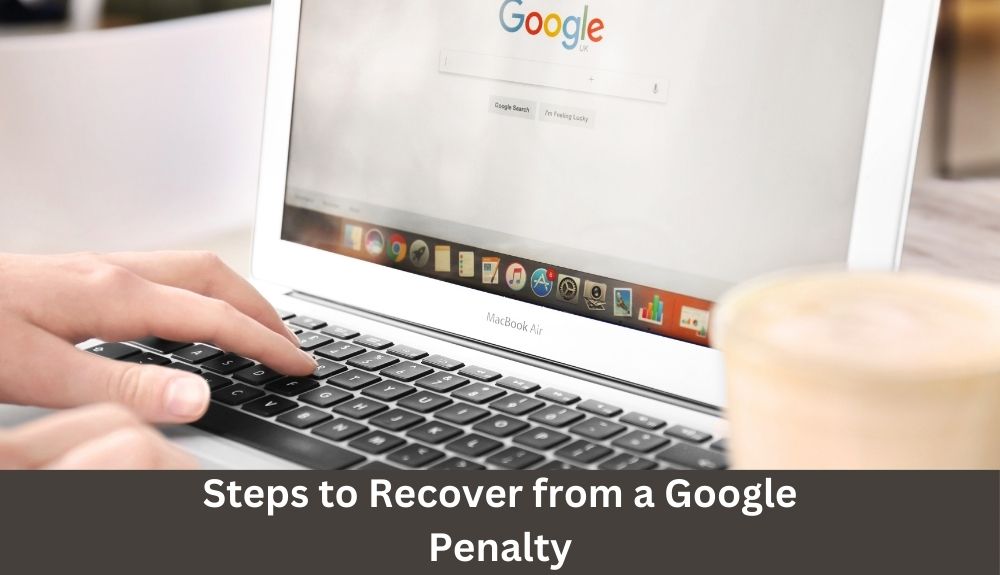
If you’ve received a Google penalty, don’t panic – there are steps you can take to recover. Identify the type of penalty your website has been hit with. Is it a manual action or an algorithmic penalty? This will guide your recovery strategy.
Next, conduct a thorough audit of your site to pinpoint the issues that triggered the penalty. Look for duplicate content, unnatural links, keyword stuffing, or any other violations of Google’s guidelines. Once identified, start cleaning up your site by removing low-quality content and toxic backlinks.
After cleanup, submit a reconsideration request if it was a manual action that penalized your site. Provide detailed documentation on the changes made and assure Google that you’re now compliant with their rules.
Monitor your progress closely using tools like Google Search Console and analytics to track improvements in traffic and rankings after implementing corrective measures. Recovery from a Google penalty takes time but following these steps diligently can help restore your website’s visibility in search results.
Best Practices to Avoid Future Penalties
When it comes to avoiding future Google penalties, staying informed and proactive is key. Regularly monitor your website’s performance and keep an eye on any sudden drops in rankings or traffic. Implement proper SEO techniques, such as creating high-quality content that is relevant to your audience and optimizing your website for both desktop and mobile users.
Ensure that all links on your site are from reputable sources and avoid any black hat tactics like keyword stuffing or buying backlinks. Stay up to date with Google’s algorithm updates and make adjustments to your SEO strategy accordingly.
Engage with your audience through social media platforms, email newsletters, and other digital marketing channels. Building a strong online presence can help establish credibility with both users and search engines.
Remember, maintaining transparency in your online activities is essential. Be honest about the products or services you offer, avoid misleading information, and always prioritize user experience on your website. By following these best practices consistently, you can safeguard your site against potential penalties in the future.
Conclusion: Importance of Staying Compliant with Google’s Guidelines
It is crucial for website owners and digital marketers to prioritize staying compliant with Google’s guidelines. By adhering to best practices, you can avoid the risk of penalties that may harm your online presence and rankings. Remember to regularly monitor your website’s performance, address any issues promptly, and continuously update your SEO strategies to align with Google’s ever-evolving algorithms. By staying proactive and following ethical SEO tactics, you can maintain a healthy relationship with search engines like Google while ensuring long-term success for your website.

